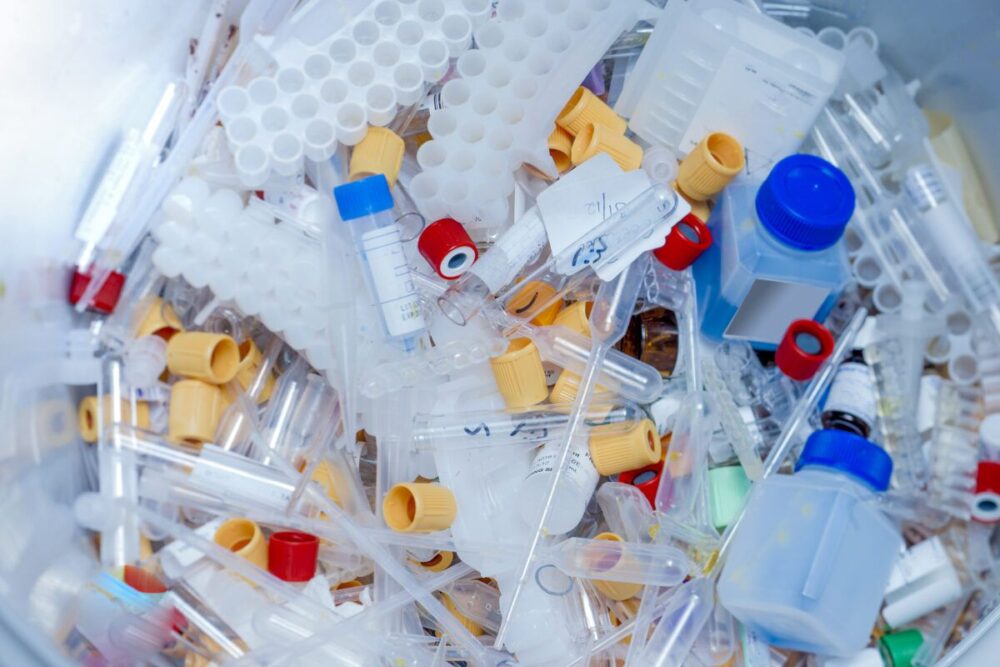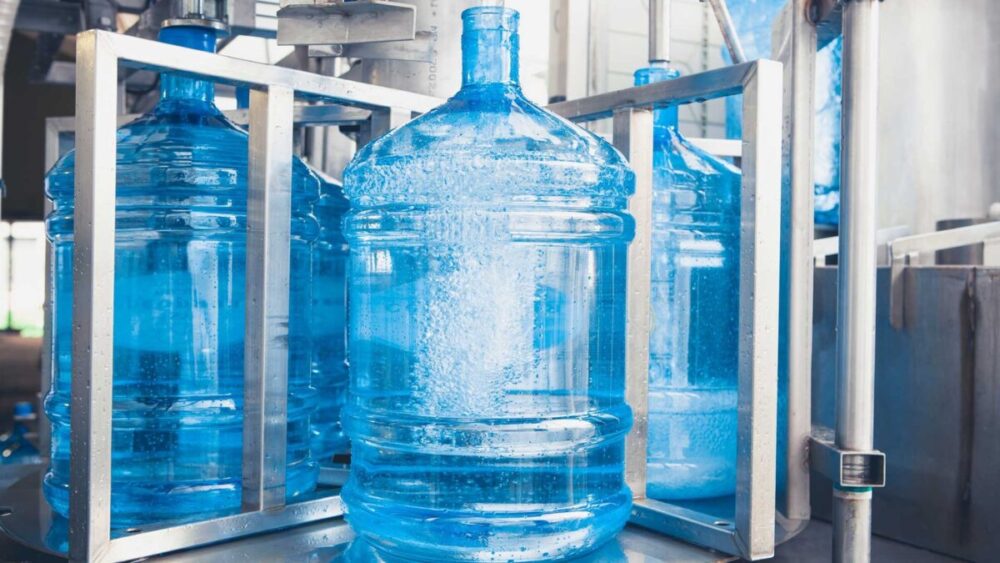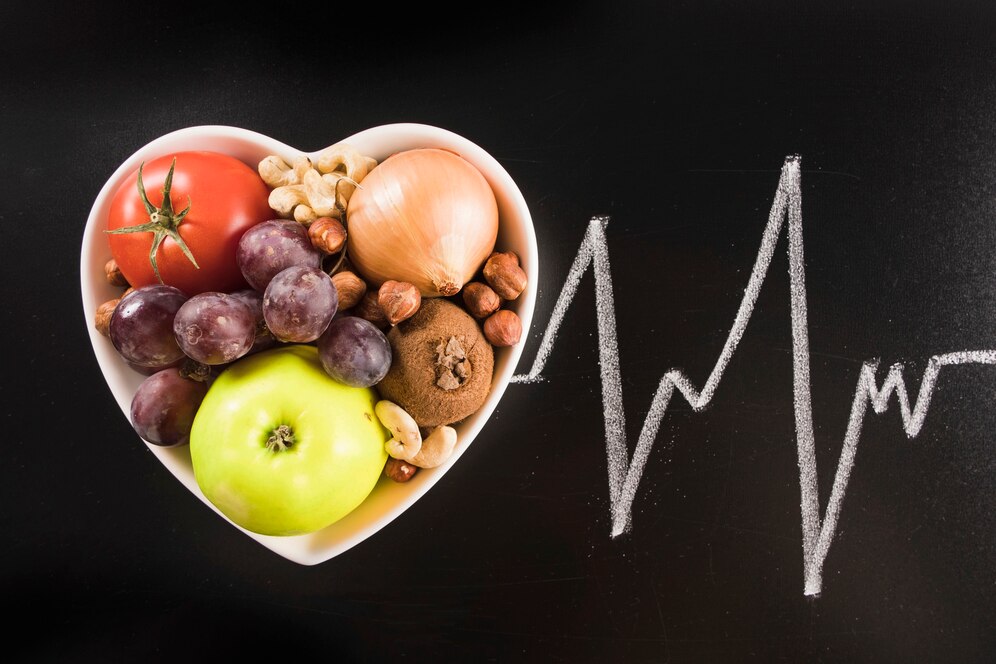In today’s world, where environmental sustainability is paramount, the responsible disposal of medical waste has become a crucial concern. Medical waste, including sharps and infectious materials, must be handled with care to protect both the environment and public health.
In this article, you will learn more about some of the most environmentally friendly medical waste disposal methods that ensure the safe management of healthcare waste.
1. Steam sterilization (autoclaving)
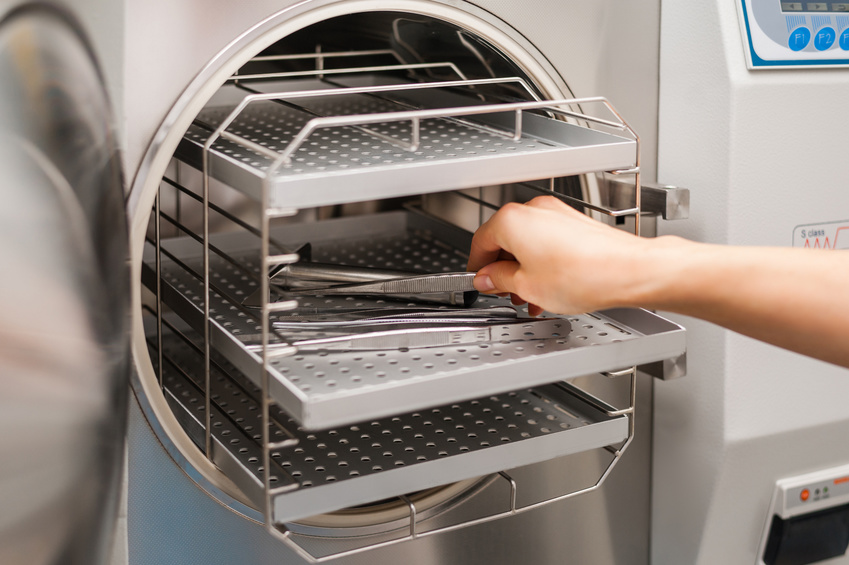
Steam sterilization, commonly known as autoclaving, is a highly effective method for treating medical waste. It is considered to be at the forefront of eco-friendly medical waste disposal methods, alongside shredding (which will be discussed in the following paragraphs).
The steam sterilization process involves exposing waste to high-pressure steam at elevated temperatures, effectively killing pathogens and rendering the waste safe for disposal. Autoclaving is not only efficient but also environmentally friendly, as it minimizes the release of harmful emissions and reduces the volume of waste.
Advantages of steam sterilization as a medical waste disposal method
- Pathogen destruction: Autoclaving effectively eliminates bacteria, viruses, and other harmful microorganisms.
- Reduced environmental impact: It produces minimal air emissions.
- Cost-effective: Autoclaving is a cost-efficient method, making it a preferred choice for many healthcare facilities.
Steam sterilization is often considered a gold standard in medical waste disposal due to its effectiveness in pathogen elimination and its positive environmental impact. By using steam sterilization, healthcare facilities can significantly reduce the risk of infection transmission while minimizing their carbon footprint.
2. Medical waste disposal via shredding
Medical waste shredding is another innovative disposal method that has gained prominence in recent years. This method involves shredding medical waste into smaller, more manageable pieces. The shredded waste is then sterilized or disinfected before final disposal. Medical waste shredding not only reduces the volume of waste but also enhances safety.
Benefits of medical waste shredding as an eco-friendly disposal method
- Volume reduction: Shredding reduces waste volume, saving storage space in medical facilities, and reducing the frequency of waste transports.
- Enhanced safety: Smaller waste particles are easier to handle and less likely to pose health risks.
- Sustainable medical waste disposal method: It aligns with environmental goals by minimizing waste and emissions.
The benefits of medical waste shredding extend beyond just waste reduction. It improves workplace safety by minimizing the risk of needlestick injuries and other accidents associated with handling larger medical waste items. This is important for any biomedical waste management system. Moreover, it supports sustainability goals by reducing the carbon footprint of medical waste disposal.
3. Chemical disinfection as a medical waste disposal method
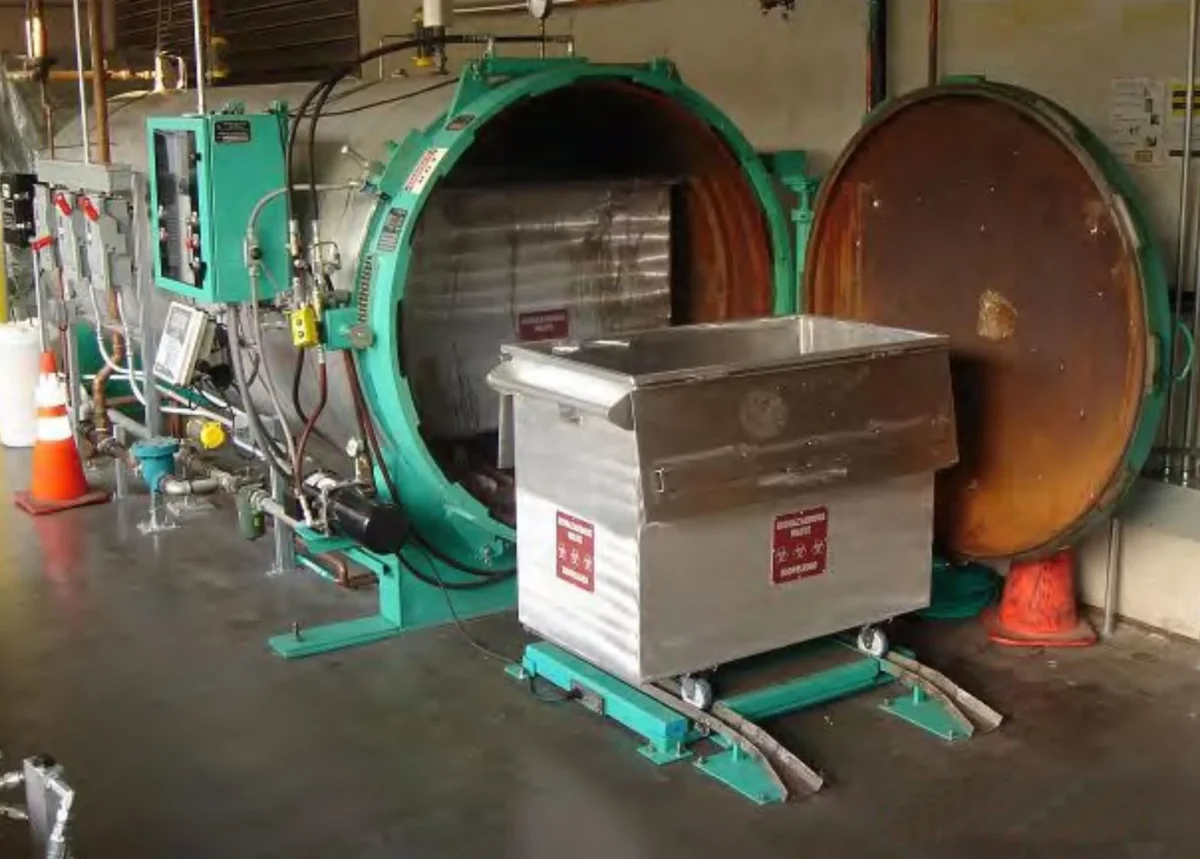
Chemical disinfection is a method that employs disinfectants to neutralize pathogens in medical waste. While it may not reduce waste volume like shredding, it is an effective means of rendering waste non-infectious. Chemical disinfection is often used in conjunction with other disposal methods.
Key points on chemical disinfection
- Pathogen inactivation: Chemical disinfectants deactivate harmful microorganisms.
- Complement to other methods: It can enhance the safety of waste treated by other methods.
- Consideration of chemicals: Careful selection of disinfectants is crucial to ensure safety and compliance.
Chemical disinfection serves as an essential component in the arsenal of medical waste disposal methods. It provides an added layer of safety by ensuring that even after other treatments, the waste remains non-infectious, reducing the risk of disease transmission.
4. Incineration
Incineration, although controversial due to its emissions, is still a widely used method for medical waste disposal. Modern incinerators are equipped with advanced technology to minimize environmental impact. Incineration reduces waste to ash and destroys pathogens in the process.
Advantages of incineration as a medical waste disposal method
- Pathogen elimination: It ensures the complete destruction of infectious agents.
- Volume reduction: Incineration significantly reduces the volume of waste.
- Energy recovery: Some incinerators capture energy from the process, making it more sustainable.
Modern incineration facilities prioritize environmental responsibility by implementing strict emission control measures. They capture harmful gases and particulates, making the process more eco-friendly while still effectively disposing of medical waste. However, onsite incinerators are a much less cost-effective option compared to steam sterilization and shredding.
5. Medical waste disposal at landfills
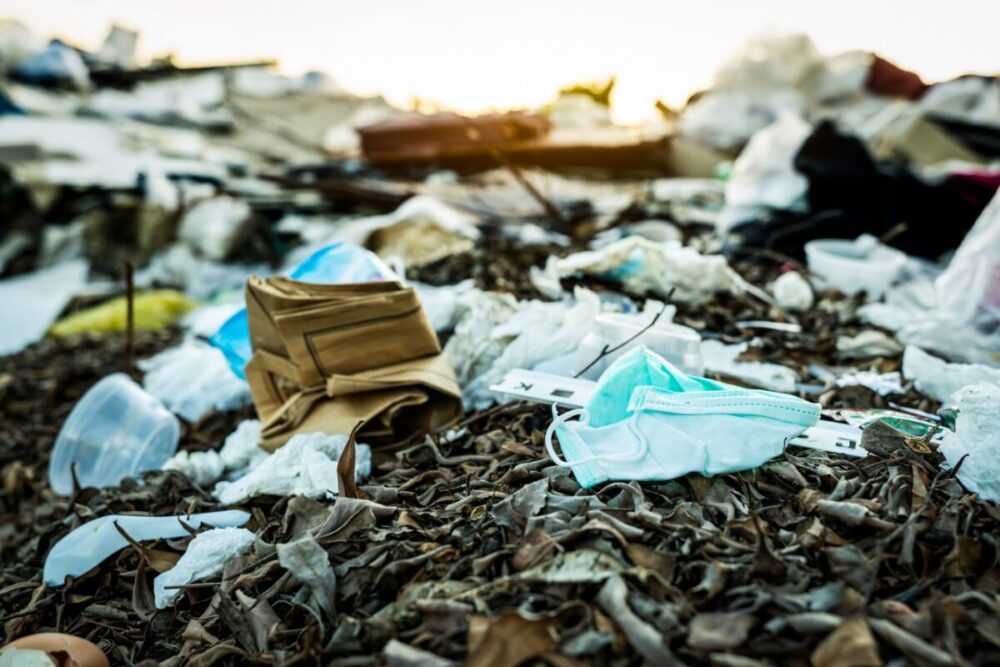
While landfill disposal is not the most environmentally friendly option, it is still used in some regions. Medical waste is carefully segregated and packaged before disposal in dedicated landfill sites designed to contain and isolate hazardous materials.
Considerations for landfill disposal
- Strict regulations: Compliance with environmental regulations is essential for safe landfill disposal.
- Limited environmental benefits: Landfilling has limited benefits for the environment compared to other methods.
- Last resort: It should be considered only when no other viable options are available.
This medical waste disposal method is typically considered a last resort due to its limited environmental benefits. However, it remains a necessary method in areas where more sustainable options are not readily available, with strict adherence to regulations to minimize environmental impact.

